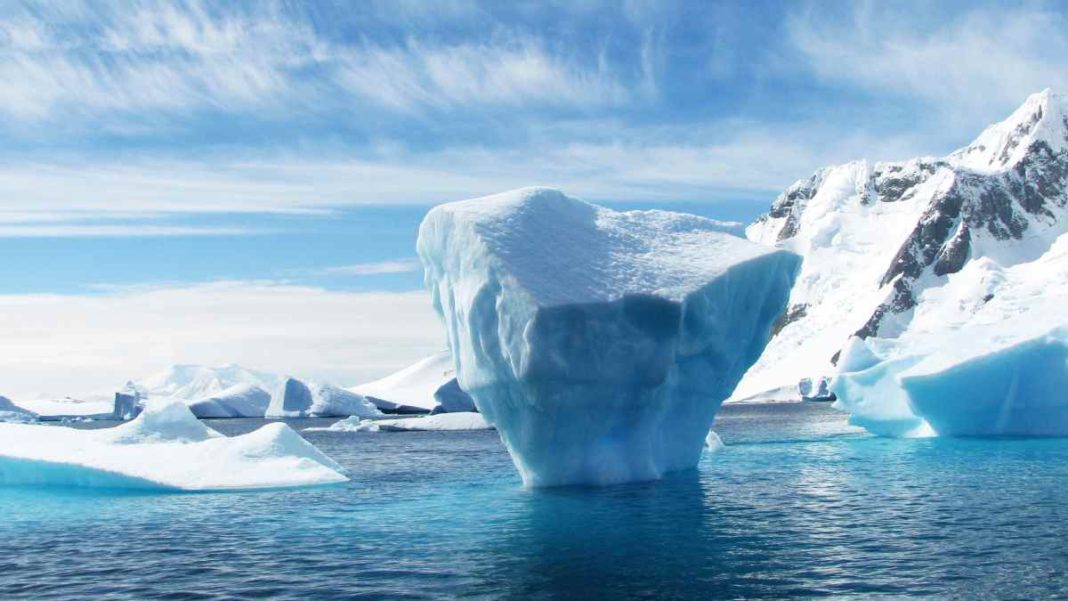ANTARCTICA: Satellite data has shown that sea ice around Antarctica has receded to historically low levels, setting off alarm bells among scientists and environmentalists worldwide.
This worrying trend, once considered an anomaly, underscores the relentless advance of global warming and its far-reaching consequences for our planet.
Unprecedented sea ice decline
According to the latest observations, sea ice around Antarctica now covers less than 17 million square kilometers, a staggering 1.5 million square kilometers less than the September average.
This plunge well below previous winter record lows sends a clear message: the polar regions, previously perceived as resistant to climate change, are undergoing rapid transformation.
Impact on climate change and global temperature regulation
Antarctica’s ice, both land-based and sea-based, plays a pivotal role in regulating the global climate. The bright, white ice reflects the Sun’s energy back into the atmosphere and cools the waters beneath it.
However, as sea ice diminishes, it unveils dark ocean areas that absorb sunlight, creating a dangerous feedback loop known as the ice-albedo effect. This process leads to increased heat absorption by the water, further accelerating ice melt and disrupting Antarctica’s critical function as a global temperature regulator.
Rising sea levels
Since the 1990s, Antarctica’s land ice loss has already contributed to a 7.2-mm rise in global sea levels. Even seemingly modest sea-level increases can result in perilous storm surges, posing a grave threat to coastal communities around the world. Should substantial amounts of land ice continue to melt, the consequences could be catastrophic for millions.
The role of sea ice formation
Sea ice in Antarctica forms during the winter season, which spans from March to October. During this period, the frigid Antarctic temperatures cause the ocean surface to freeze.
Sea ice is not merely an isolated phenomenon; it is an integral part of a larger system that includes icebergs, land ice, and extensive ice shelves extending from the continent’s coast.
The feedback loop
Diminishing sea ice, as observed recently, can set off an unstoppable feedback loop. As the sea ice melts, it exposes dark ocean waters, which absorb heat instead of reflecting it. This, in turn, intensifies the warming effect, contributing to further ice melt and further exacerbating climate change.
Urgent need for action
Scientists are now urgently working to identify the underlying factors driving this rapid decline in sea ice in Antarctica. The occurrence of an extreme heatwave in East Antarctica in March 2022, with temperatures far from the expected -50°C, serves as a stark reminder of the unpredictable and extreme weather events associated with climate change.
The findings regarding Antarctic sea ice serve as a sobering reminder of the critical need for immediate and comprehensive action to address climate change.
As the world grapples with the impacts of warming temperatures, it becomes increasingly evident that protecting our polar regions is crucial not only for the sake of the environment but for the future of our planet and its inhabitants.
Also Read: Antarctica’s Fragile Ecosystem under Siege as Climate Extremes Escalate



